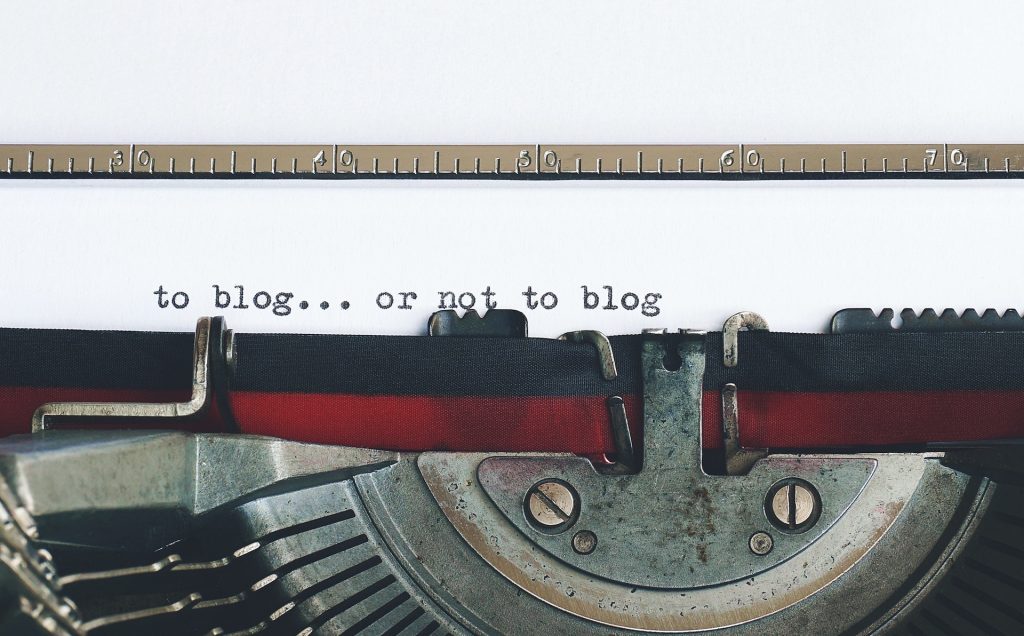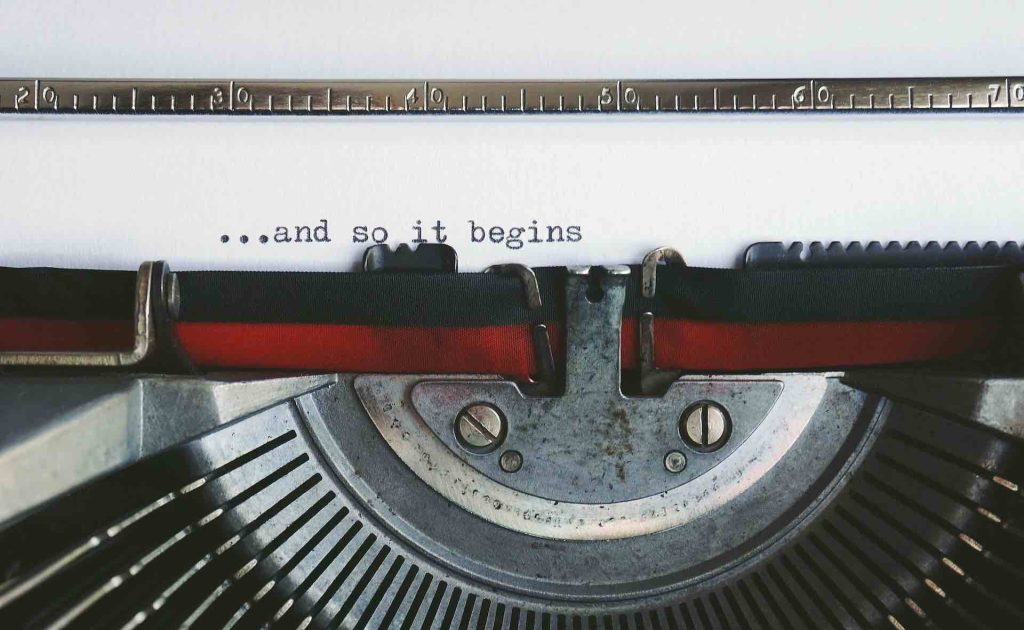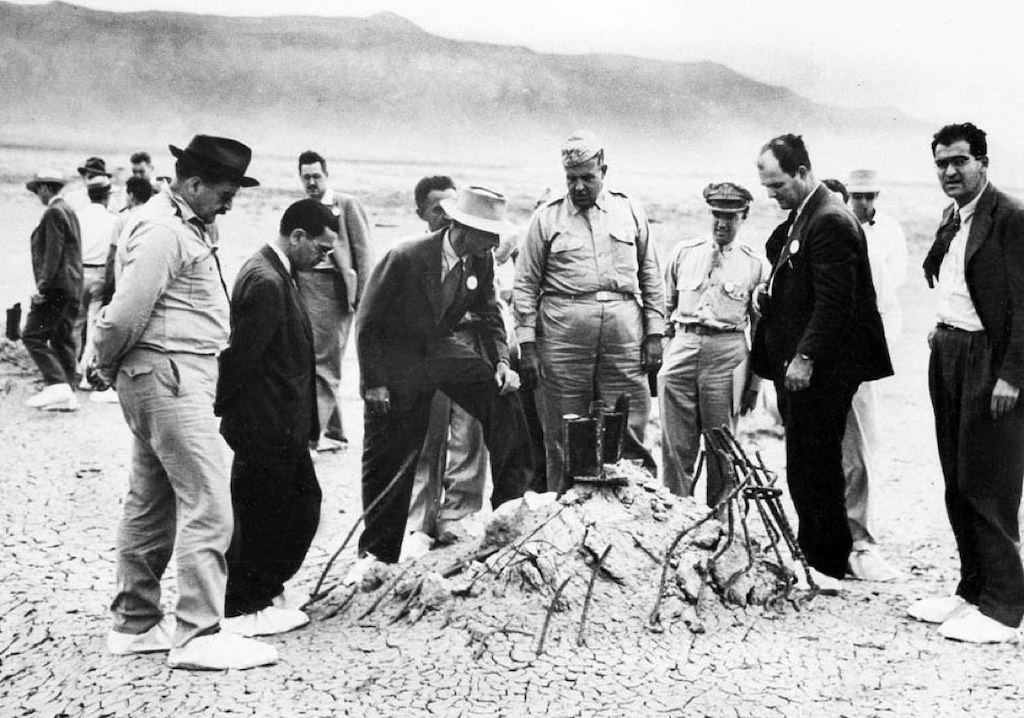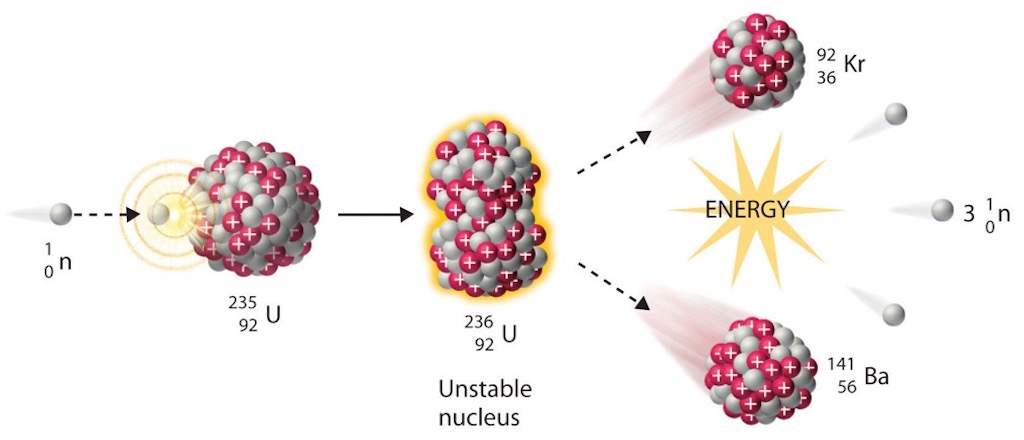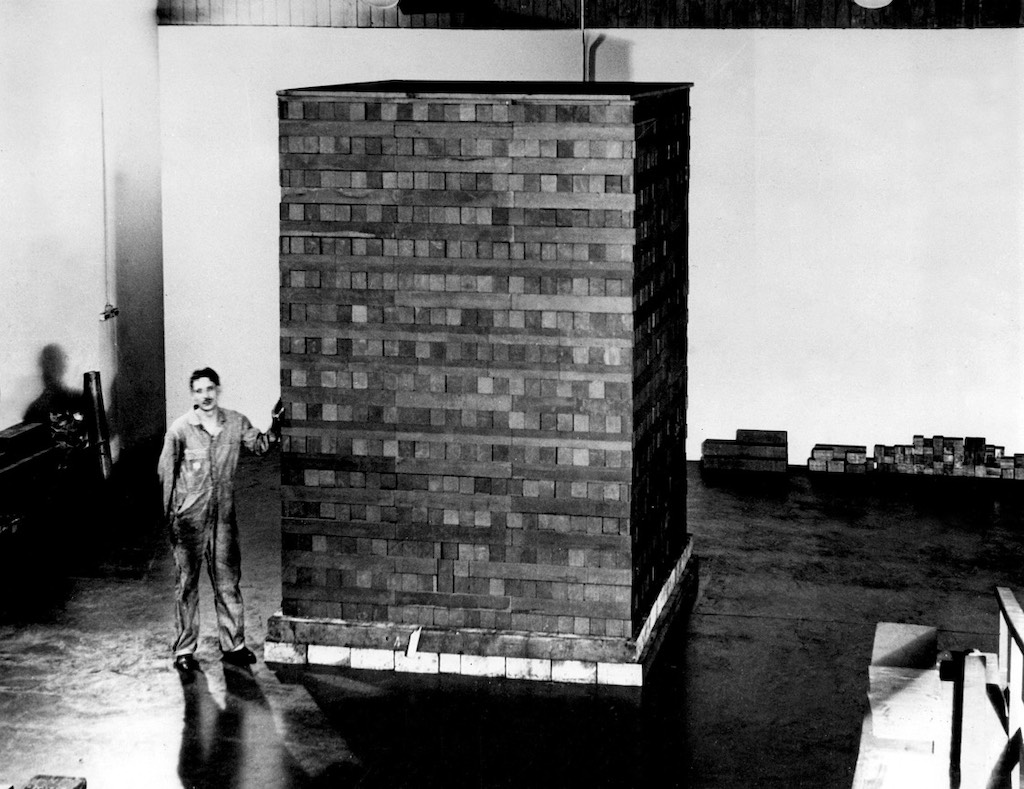What I found interesting… in 2023
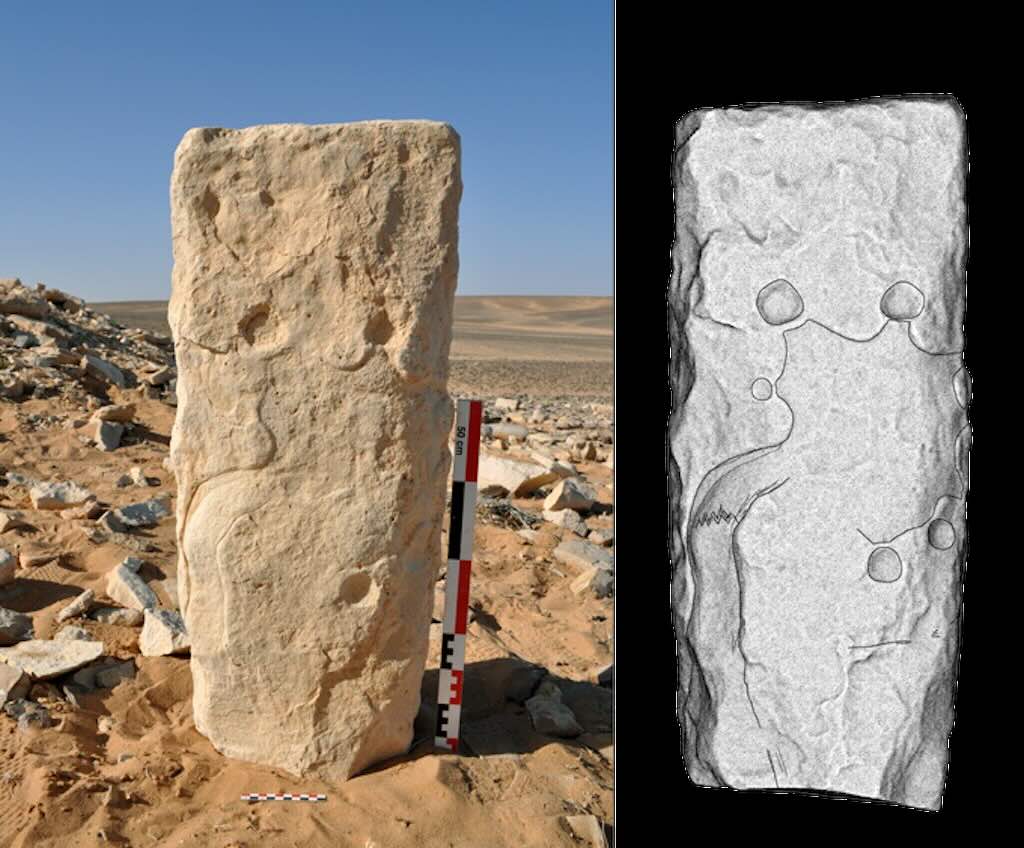
This article describes two large, engraved stones displaying the oldest known building plans drawn to scale. One carved depiction covers part of a rectangular stone found at a Jordanian campsite dating to about 9,000 years ago.
Carvings on these stones depict nearby desert kites, massive structures once used to capture animal herds. Desert kites consist of stone walls up to five kilometers long that narrow into large enclosures surrounded by pits where hunters trapped animals, such as gazelles and deer.
The scale drawings etched in rock may have served as maps that helped hunters plan strategies for driving animal herds into specific desert kites.
What is the speed of light?

It’s easy enough to just look up the answer in Wikipedia. But this article in BIGThink asks the question “What is it like to be a photon traveling at light speed?“.
What’s nice about this article is that it is easy to understand. Einstein’s theory of special relativity describes very accurately what happens at speeds below the speed of light. At speeds slower than light, Einstein’s equations make length and duration predictions that are physically possible and in some cases have been verified. And at speeds faster than light, the equations make completely nonsensical and non-physical predictions.
Take our nearest star, which is about four light-years away. To a person sitting on Earth they would see that someone going to that star at near the speed of light would take about four years to get there. Let’s look at the numbers. If someone made the trip at 99% the speed of light, an Earthbound person would say the trip took four years. However, the traveler would say that the trip took just shy of seven months. At 99.9% of the speed of light, the traveler would say that the trip took a bit over two months. And at 99.999999999% the speed of light it would take just under 10 minutes.
But what about travelling at exactly the speed of light? The only thing that can travel at exactly the speed of light, is light itself. So what does a photon experience? To anthropomorphise a bit, how does a photon of light ‘see’ time and space. increasing the velocity closer and closer to the speed of light Einstein’s equations tell us (predict) that a photon would experience zero time going from Earth to the nearest star. That means it would leave and arrive at the same time. Furthermore, if it took zero time to get from one place to the other, it would simultaneously exist at all locations in between (i.e. it would be everywhere along its path).
Se we know that moving objects experiences space and time differently from stationary ones, but for photons the Universe will have no thickness and there will be no time. But don’t forget, Einstein’s equations don’t apply at exactly the speed of light.
Why do we all live on Earth?
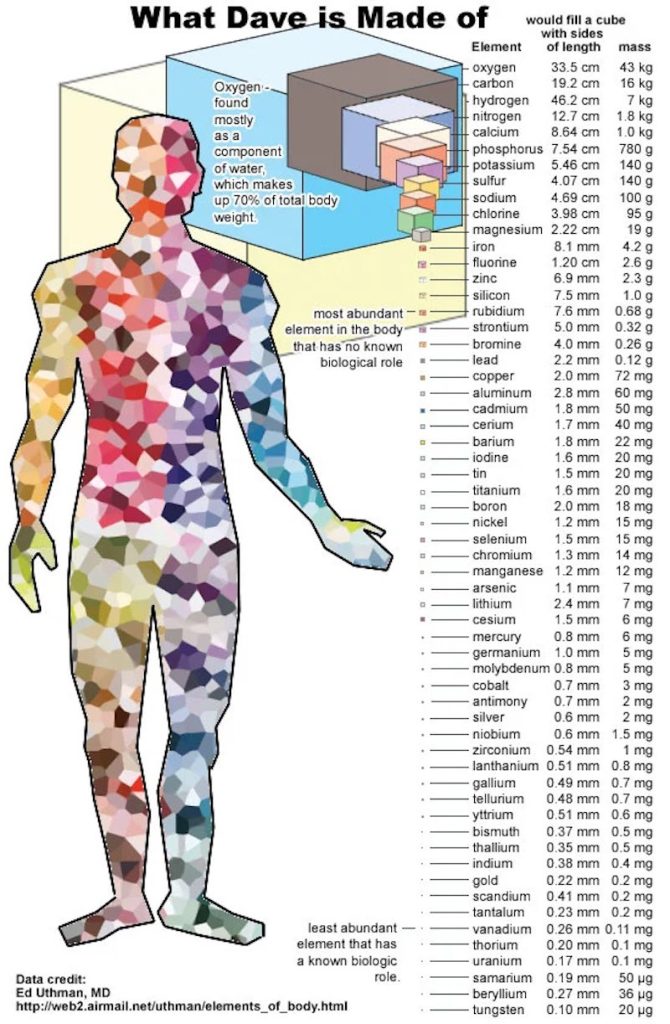
Is this a sensible question? Who cares? Some people, mostly scientists, do care. In a recent BIGThink this question was revisited.
In the article the author first reminded us that Earth was formed some 4.5 billion years ago, and life (i.e. biological processes) arose no later than 3.8 billion years ago (but perhaps substantially earlier). However, those early life forms remained relatively primitive until recently.
Homo sapiens, first arose approximately 300,000 years ago, and that could only occur after many billions of years. It took that long to create a modern planet with enough oxygen in the atmosphere, with enough plants, fungi, and animals to sustain an ecosystem and provide nutrients, and for it to be not too hot or too cold.
On top of that, each of our direct ancestors needed to successfully survive and thrive, needed to undergo mutations in order to adapt and evolve, needed the right environment to exist at the right time (so the right mutations survived and proved useful), and the mutations that did survived and reproduce were the ones that would eventually lead to humans.
And we also know that there is no ‘right way’ or ‘one way’ to evolve. Also there is nothing special about Earth. There are lots of planets that appear to be similar to Earth (right age, right mass, right orbit, right sun, right temperature, plenty of water, and the right mix of available elements, atoms, and simple molecules).
So to the specialist it’s almost unfathomable that Earth would be unique in the Universe in terms of having life arise on it.
And what about Dave? Well, we tend to think of human beings being made of cells, but at a more fundamental level, we’re all made of atoms. Trillions upon trillions of atoms, mostly hydrogen by number but mostly oxygen and carbon by mass. And other life forms will also be made up of atoms, and there are no atoms that are unique to Earth.
What is a moon?
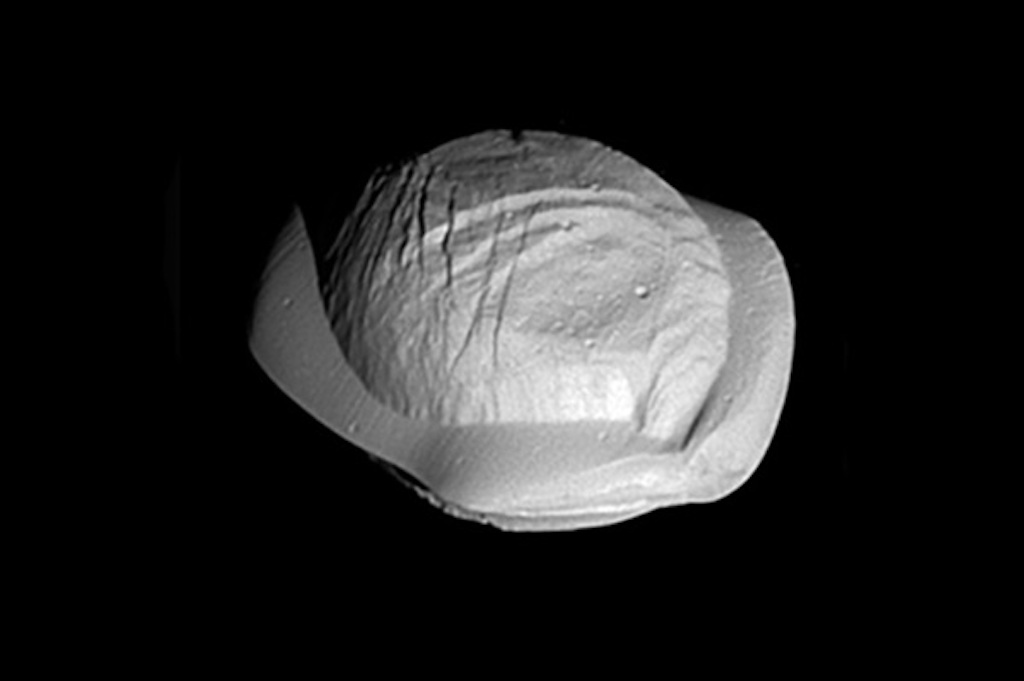
We all know about the Moon, Earth‘s only natural satellite. But there was a recent BBC article (July 2023) entitled “Why Saturn has another new moon“, which mentioned that there were in fact 290 ‘traditional’ moons or natural satellites. However the additional moon mentioned in the article was to be added to the 62 new moons that had been recently found orbiting the ringed planet Saturn. Now Saturn has 145 moons, which is more than its giant neighbour Jupiter.
Obviously we are finding more moons because we have better ‘telescopes’ that can see smaller objects (e.g. the Mauna Kea Observatories). But this raises the question about what makes a big rock a moon?
One answer is that these rocks only become moons when the International Astronomical Union officially calls one a moon.
I’m not sure there is a physical limit for rocks that later become moons. In 2011 NASA said the smaller moon was Enceladus (504 kilometres across), but in 2019 it said the smallest was Leda (just 20 kilometres across). In Space’s 2022 article “The 10 weirdest moons in the solar system” a moon called Dactyl is mentioned with a diameter of only 1.6 kilometres, but the article went on to mention Pan and Atlas as the smallest moons in the solar system (the above photo is of Pan).
P.S. Our Moon is 3475 kilometres across.
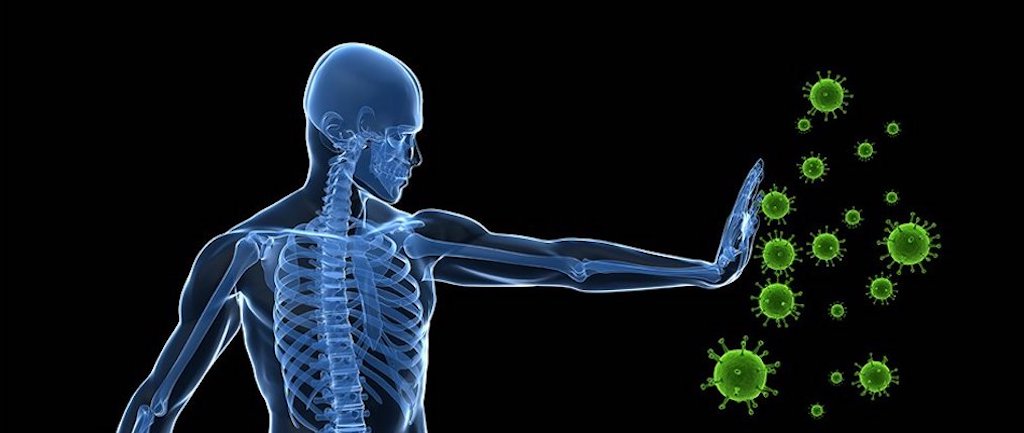
This entry is really just a marker or pointer to the Human Immunome Project. The plan is to use artificial intelligence to create a virtual simulation of the human immune system, in all its complexity, over the next decade. There are a range of diseases where progress has been slow because of a lack of understanding of how the immune system works across people of different ages, genders, and ethnicities, as well as diversity in terms of genetics and environmental exposures.
The scale of this challenge is exponentially greater than the Human Genome Project, the international effort to sequence all 3 billion base pairs in human DNA and map all 20,000 human genes, which took more than a decade to complete. The data in the human immunome is millions of times larger and vastly more complex. It does not merely include the legions of lymphocytes, neutrophils, and monocytes/macrophages, which biologists have pieced together and studied over many decades, but all of the interactions these cells have, over a person’s life, with pathogens, toxins, and the consequences caused by their diet and lifestyle.
How all of this shapes an individual’s immunity does not just vary from person to person based on their genetics and exposures but is constantly shifting over the course of their lifetime.
See the Wikipedia article on Imminome, which also mentions the Immunological Genome Project whose stated goal is to generate “a complete microarray dissection of gene expression and its regulation in the immune system of the mouse”. And it looks as if it is related in some way to The Human Vaccines Project.

Here we have a rich article on how our behaviour might be pre-determined by our underlying biology. The starting point is the work of DeCODE in Iceland and the idea that a complex cocktail of DNA we inherit from our parents, along with around 70 spontaneous genetic mutations which we acquire by chance, subconsciously dictates behaviour to a far greater extent than originally imagined.
Genes can dictate how sensitive we are to the bitterness of caffeine, which can determine if we become coffee lovers, or prefer tea. And it’s even possible that our genes can point to liking amateur gardening, crosswords, stamp collecting, or cake making.
So there could be a hobby gene, but that does not mean there is a talent gene.
Genes might influence a persons natural inclination towards doing certain activities. What truly dictates if they have any aptitude for them are factors such as tutoring and other opportunities at an early age, and the willingness to practice, improve and persist.
This is one of a series of articles on Beyond the Genome.
Check out this article in BBC Science Focus, 29 May 2023, “You can account for taste: How your dislike of certain flavours is baked into your genes“.
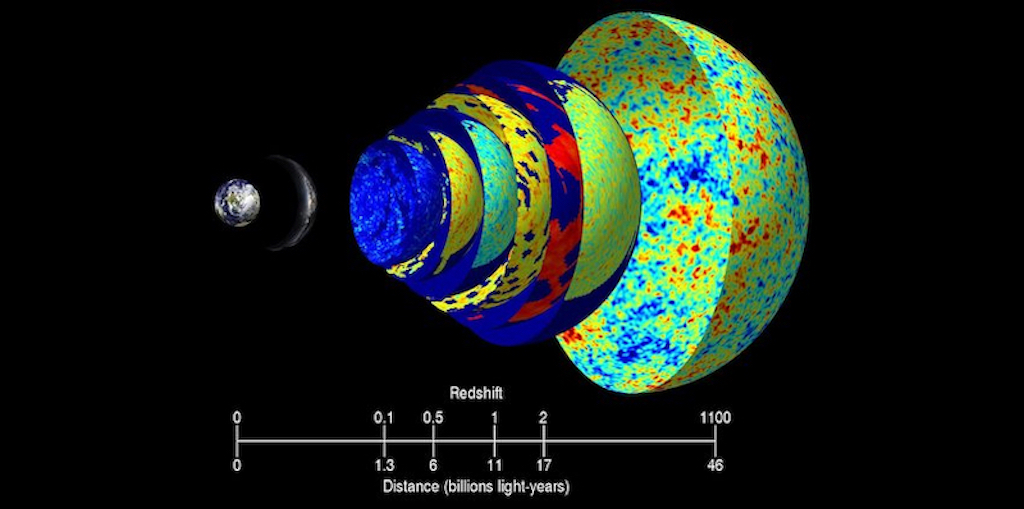
Before there were planets, stars, and galaxies, before even neutral atoms or stable protons, there was the Big Bang. How did we prove it?
This is a really well written and interesting short article that touches on a number of important topics, namely Einstein’s curvature of spacetime, Friedmann’s equations, the work of Georges Lemaître, Vesto Slipher, Edwin Hubble, George Gamow and the discovery of cosmic microwave background radiation. All brought together with the results of the COBE observations in the 1990s.
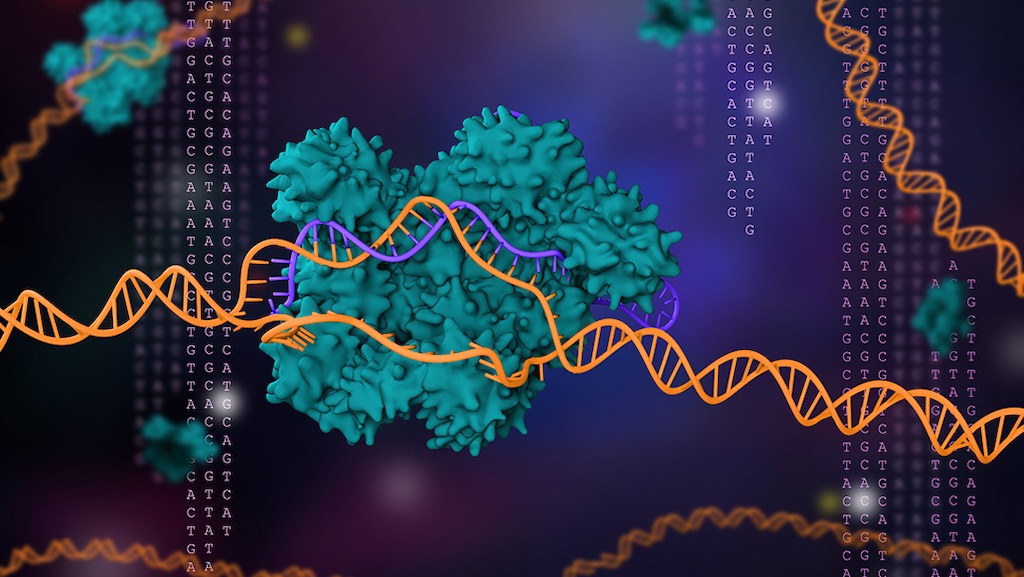
Walter Isaacson talks about CRISPR, which has incredible therapeutic potential, but could also one day lead to “genetically modified humans”.
Jennifer Doudna, one of the founders of the technology, also has a short video introduction “Genome Engineering with CRISPR-Cas9“.
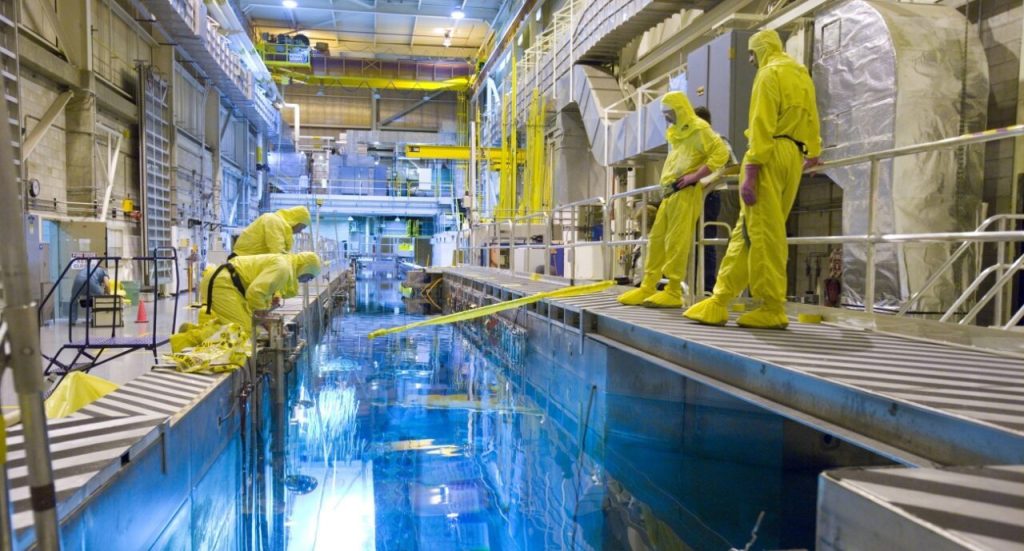
55% of U.S. adults said they ‘strongly’ or ‘somewhat’ favour the use of nuclear energy which marks a 4% increase from one year ago. However, 44% of Americans ‘strongly’ or ‘somewhat’ oppose such use.
We should remember that fossil fuels kill far more people than renewables and nuclear. Taking into consideration deaths from air pollution, even hydropower and wind kills more people than nuclear, but solar energy kills the fewest.
Also read “US support for nuclear power soars to highest level in a decade“.

Three decades ago, scientists thought they had cracked the medical mystery of what causes Alzheimer’s disease with an idea known as the amyloid cascade hypothesis. It accused a protein called amyloid-beta of forming sticky, toxic plaques between neurons, killing them and triggering a series of events that made the brain waste away. The logic was simple, get rid of these plaques to stop the disease. So was born the hunt for drugs targeting the amyloid plaques so as to stop or prevent the progression of the disease.
Progress was almost non-existent until September 2022, when the pharmaceutical giants Biogen and Eisai announced that in a phase 3 clinical trial, patients taking the anti-amyloid drug lecanemab showed 27% less decline in their cognitive health than patients taking a placebo did.
This article delves into how the amyloid hypothesis emerged, but also highlights that today many researchers aren’t convinced. To them, the limited or non-existent results of these trials and earlier ones suggest that amyloid plaques are not the cause of the disease. And a stream of recent findings has made it clear that other mechanisms may be at least as important as the amyloid cascade in causing Alzheimer’s disease.
The article is quite extensive in its analysis of where research in to Alzheimer’s disease is today. I won’t try to summarise, because I think it’s vital for the reader to slowly assimilated the full significance of the results, both negative and positive. This kind of information is ‘need to know’, not just ‘nice to know’.


